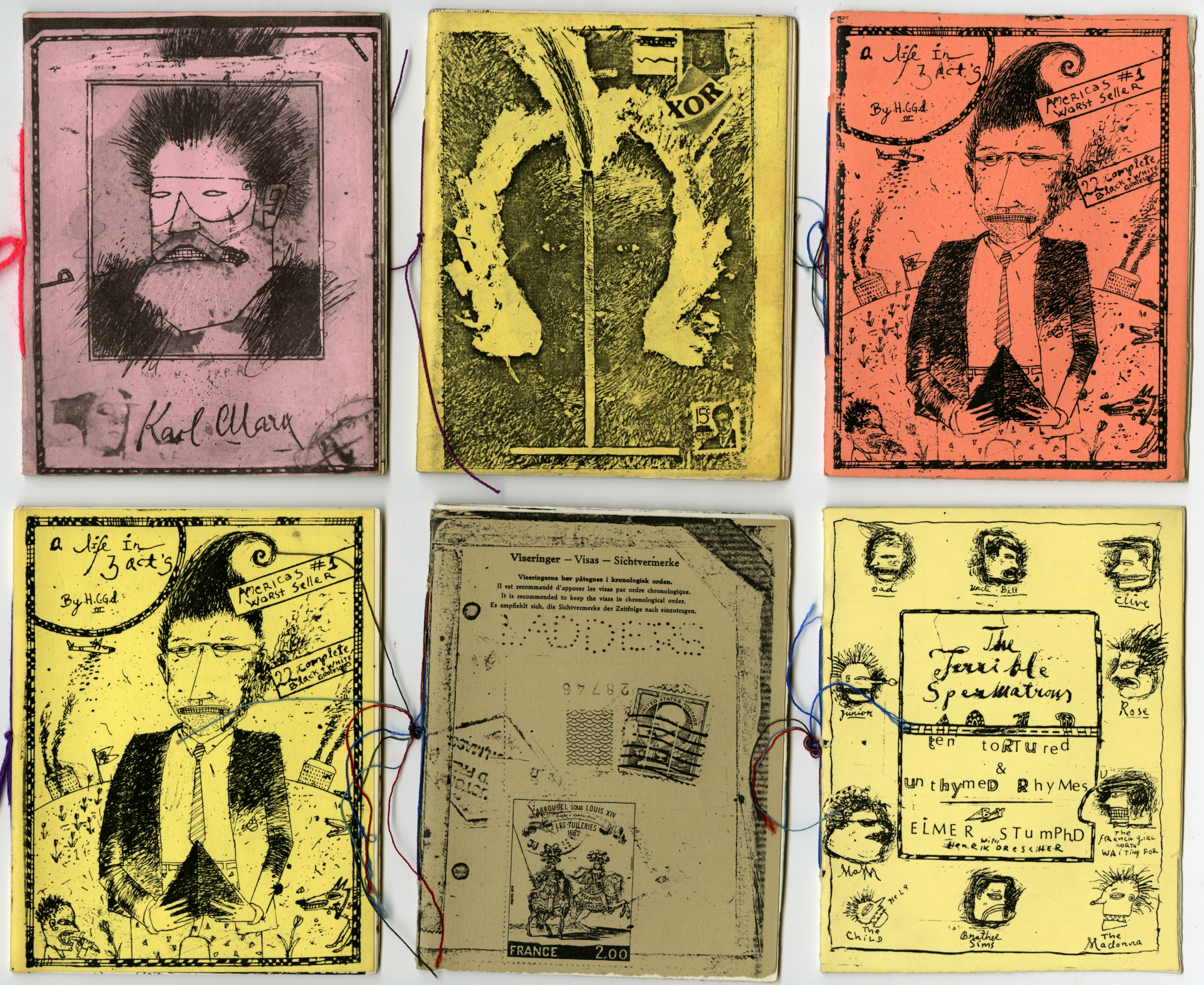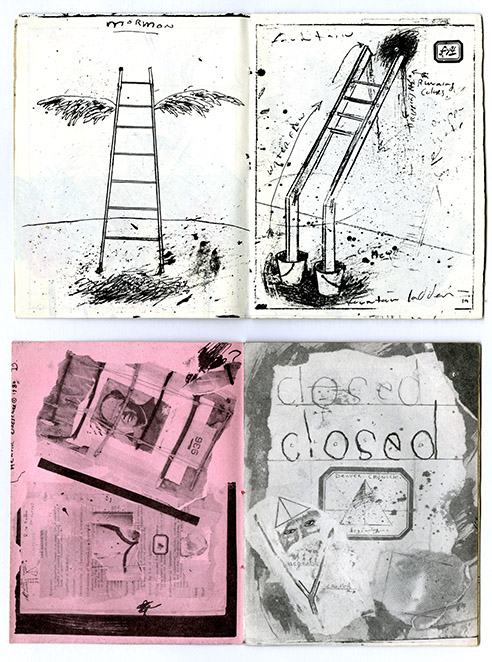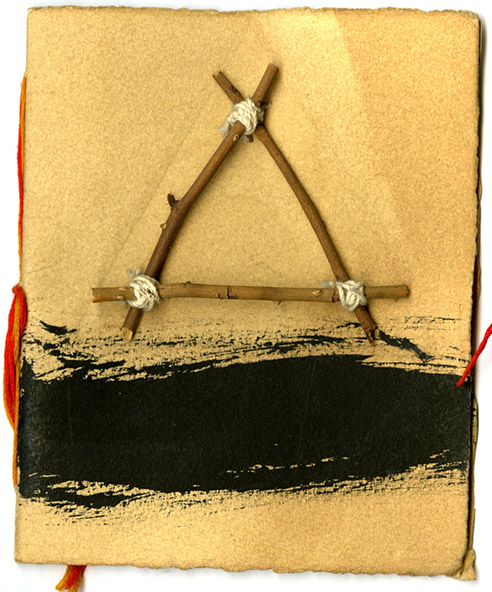
Among outsider artists, Howard Finster, Adolf Wölfli, and others have become gallery and museum insiders. And one self-taught primitive, Martin Ramirez, is now commemorated with a sheet of five United States postage stamps—the first and only to be so honored. Outsiders have long been inspiration for inside artists with a penchant for the raw and guileless. Henrik Drescher, a Danish born, peripatetic illustrator, author and book artist, studied all the non-academic art he could lay his eyes on—including “weird signage and Jehovah’s Witness drawings and Hare Krishna art … and let’s not forget Henry Darger!”
But Drescher insists he is not sure what he is: “I’m not an outsider. I don’t have an affinity with the ‘lowbrow' outsider movement.” He has lived in the periphery for most of his life and he is also self-taught, “so in that sense my work is outside the ‘academy,’ my talents are very circumscribed … and limited. I know very little about technique and consequently I’ve learned to adapt and create by using my deficits as my strength, this I suppose is a quality I have in common with outsider artist.” Drescher doesn‘t think about the definitions much anymore. He’s always made things that were not commercial, including the booklets here, made while on his many travels and distributed through the mail.
This small sampling of the handmade folios that Drescher says he’s unable to stop creating, are bound with string, photocopied, collated, and inscribed dozens of them in one sitting. Some constitute chaotically assembled scribbles, while others are thematic tangents in pen and ink (like one on ladders and another on photos of Robert F. Kennedy). His media include books of etchings, accordion postcards (X-Ray), and many with one-off collages. Graph paper forces some measure of discipline for the making of carefree scrawls.


Found objects play a major role too: “working with found objects function as time and place markers for me (due to travel, restlessness, instability etc.),” he explains, “and they transport the images away from the claustrophobic cycloptic selfness of drawing.” Like a kind of automatic writing, the books are not always intentional but rather “a nervous habit…packaged Tourette’s blabber.” He adds they are “they are books not paintings or sculptures because they are necessary and function as file cabinets of the imagination.”
These self-determined small book formats is a very forgiving medium. “Everything done in books have the vibe of being a sketch for something more serious…. but actually the more serious thing usually never happens because the sketches get to the point in a more elegant and direct way.”
++++



